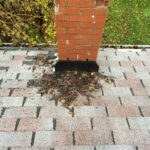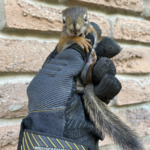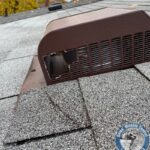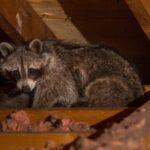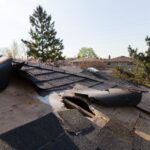If you have a wild animal living in your attic, it is important to remove it as soon as possible. Wild animals can cause damage to your home, spread diseases, and create safety hazards. However, once the animal is removed, you may be wondering if it will come back.
The answer to this question depends on a few factors, including the type of animal, the extent of the problem, and the measures taken to prevent the animal from returning. Here are some things to consider:
Type of animal – Some animals, such as squirrels and raccoons, are more likely to try to re-enter your home after being removed. These animals are territorial and may see your attic as a desirable place to live. Other animals, such as birds and bats, may not attempt to return once they are removed.
Extent of the problem – If the animal has been living in your attic for a long time and has established a nest or den, it may be more likely to try to return. If the animal is a recent intruder or has not yet settled in, it may be less likely to come back.
Prevention measures – The measures taken to prevent the animal from returning can also affect whether it will come back. If you seal up entry points and remove any food sources, the animal may not see your home as a desirable place to live and may not attempt to re-enter.
Gates Wildlife Control offers a range of prevention services to ensure that once an animal has been removed, it cannot get back into your home. These prevention services include the installation of exclusion barriers such as screens, metal flashing, and chimney caps to prevent animals from entering buildings through small openings. Gates Wildlife Control also provides customized solutions such as the installation of one-way doors or one-way valves that allow animals to exit a building but not re-enter. By providing these comprehensive prevention services, Gates Wildlife Control ensures that their clients can enjoy a wildlife-free environment for the long term.


